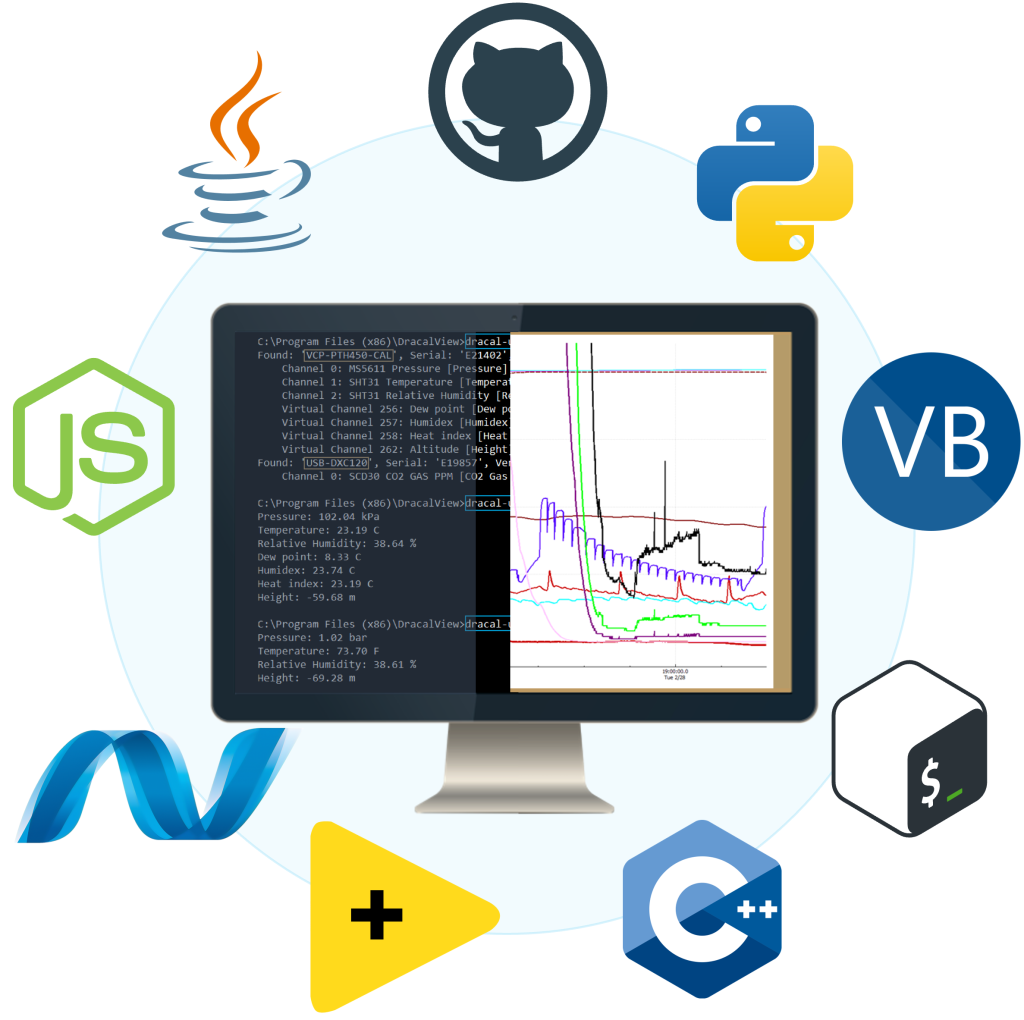How often should Dracal sensors be recalibrated?
The question of sensor recalibration is one of the most frequent ones we receive at Dracal. While there’s no one-size-fits-all answer, we’ve put together a step-by-step action plan to help you determine an initial recalibration schedule. You’ll also find 6 key factors to consider when determining your recalibration schedule and sensor choice.
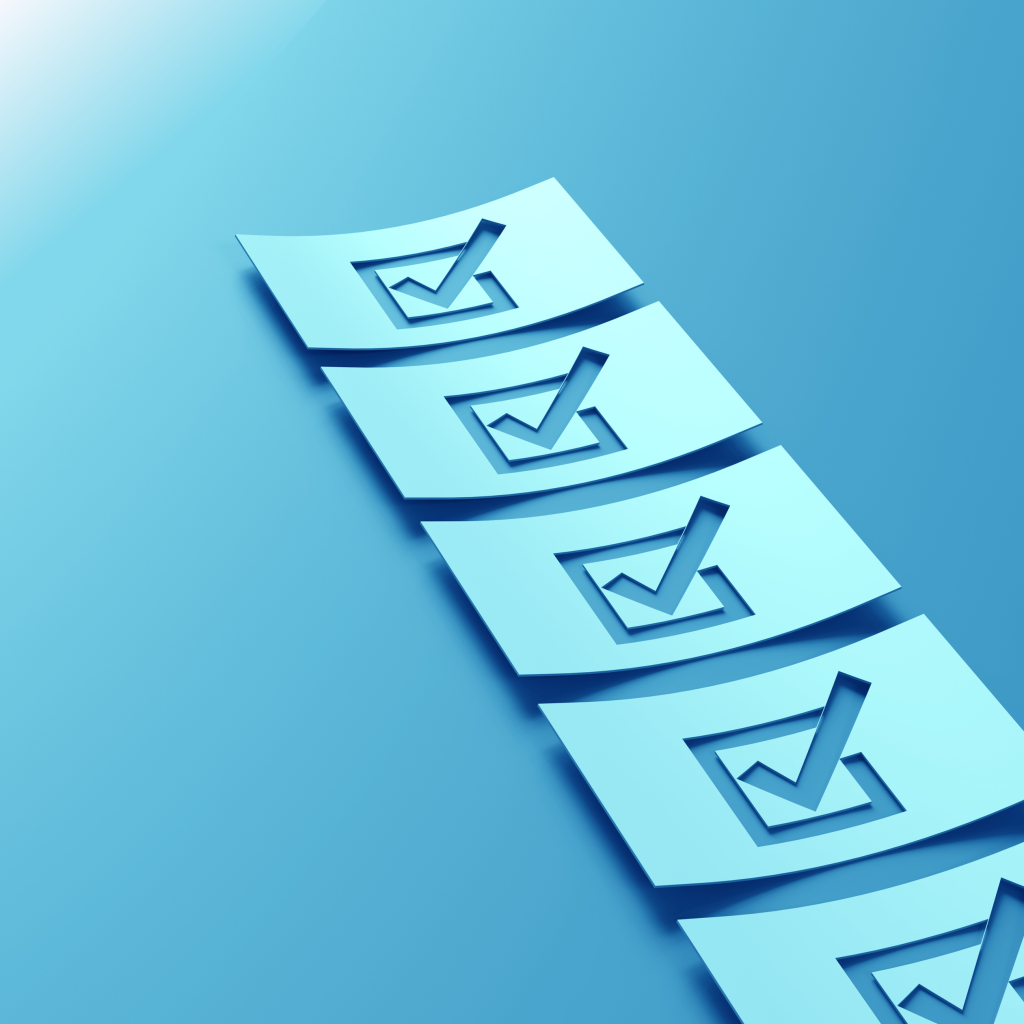
How to determine your recalibration schedule?
Without being able to answer the question unilaterally, it all boils down to 1) determining the rate of measurement drift and 2) using this information to estimate when the sensor should be readjusted to meet accuracy requirements.
Below is a suggested action plan to help you determine your recalibration and product accuracy needs:
Action plan
- Determine the accuracy imposed by the systems in place (QMS, ISO, EURO7, …) as well as that imposed by your application (Factors 1,2,3 below). Choose the most demanding.
- Get hold of the natural drift of the sensor under evaluation, which should be found in the product datasheet. Be careful: this value is an ideal value determined in a controlled, near-perfect environment.
- Depending on the frequency and degree of “difficulty” of the environment in which the sensor will be used (factors 4 and 5 below), determine a drift impact multiplier. Thus, in an environment where air quality is very poor, very hot and/or very humid, estimate and apply a larger multiplier (X5 for example, for an extremely difficult environment).
- Apply this drift to the product’s advertised accuracy, and estimate the point at which the sensor may no longer meet the accuracy requirements determined in point 1 above.
- Based on this calculation, and the risk level of your application, determine a next recalibration date.
- When you receive your next recalibration certificate, quantify the drift compared with previous times.
- Use this actual drift value to estimate a general trend and determine the next recalibration date (Factor 6 below).
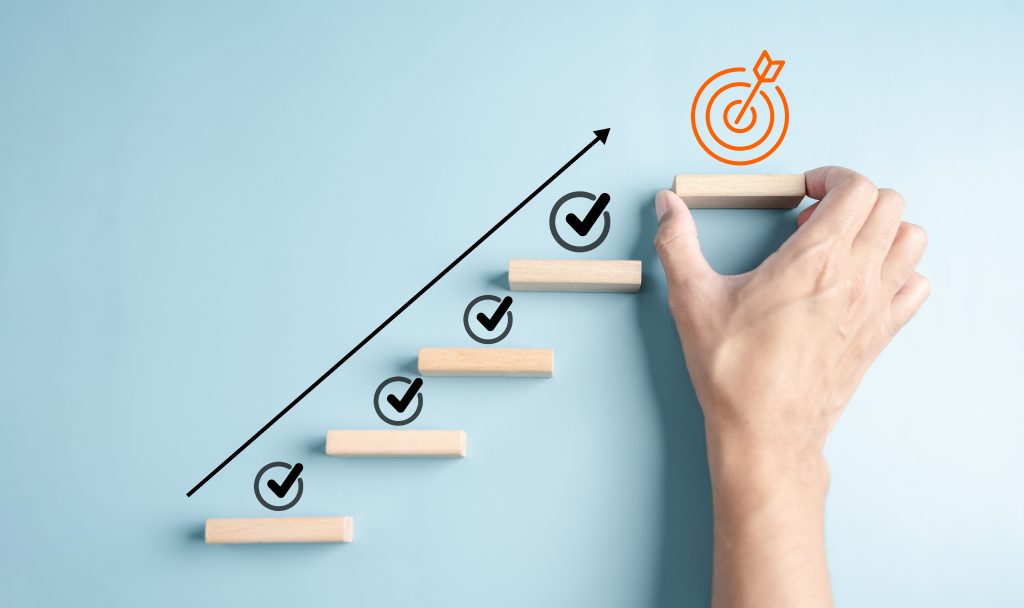
PRODUCTS YOU CAN TRUST
Approved by engineers, scientists and researchers around the world.
Thousands of companies trust our products worldwide:

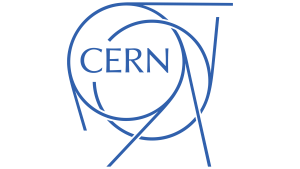


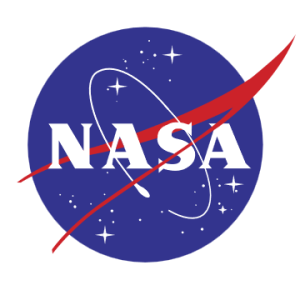
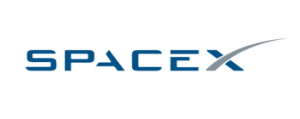
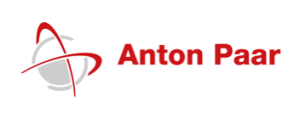
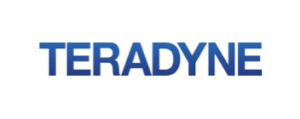


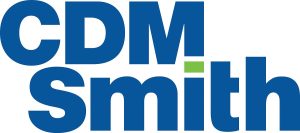

The 6 factors to consider
1. Accuracy required in relation to specifications
The frequency of recalibration must be adapted to your accuracy requirements. A good strategy is to opt for an instrument with a higher accuracy than the critical requirement, to give yourself room to manoeuvre without consequences when the sensor drifts.
Strategy
- Determine the percentage of specified accuracy you really need
- Evaluate the consequences of drift exceeding your tolerances
- Document your acceptability criteria for each application
2. Requirements of your quality management system (QMS)
Your QMS may impose specific requirements:
- Documented procedures: Clear definition of recalibration intervals
- Traceability: History of calibrations and results
- Corrective actions: Procedures in the event of non-compliance
- Training: Qualified personnel for calibration operations
Points to check in your QMS:
- Consult your existing procedures concerning equipment calibration
- Check whether specific intervals are already defined in your documentation
- Assess the traceability and documentation requirements
- Identify the responsibilities and qualifications needed for calibration operations
3. Normative requirements of your industry
Attention OEM integrators: It is important, indeed vital, to consider not only the standards in place for the industry in which your product is designed, but also the standards in place at your end-users. If your end-user is obliged to recalibrate his measurements every few years, for example, this information could drastically affect your development strategy and lead you to opt for an easy-to-calibrate modular sensor solution versus a fixed on-board sensor.
Here are a few points to check according to certain key sectors:
Pharmaceutical industry:
- FDA 21 CFR Part 11 requirements for your computerized systems
- ICH Q7 guidelines applicable to your process
Food industry:
- HACCP Critical Control Points
- Requirements of your ISO 22000 or equivalent certification
Testing laboratories:
- Specific requirements of ISO/IEC 17025
- Requirements of your accreditation (COFRAC, A2LA, etc.)
Aerospace industry :
- AS9100 requirements applicable to your process
- Customer calibration specifications
4. Frequency and conditions of use
The frequency of use of your sensors has a direct influence on their drift. A sensor used continuously 24 hours a day will wear out faster than one used occasionally. Operating conditions also play a crucial role:
-
Stable environments: In an air-conditioned laboratory with controlled conditions, sensors generally maintain their accuracy longer
-
Extreme environments: Exposure to high temperatures, humidity, vibrations or chemicals accelerates drift
-
Thermal cycles: Frequent temperature variations can affect the stability of electronic components.
Practical examples
A temperature sensor used in an industrial cold room will need to be recalibrated more frequently than one in an office.
Humidity sensors exposed to corrosive environments will need to be recalibrated more often than those in clean environments.
5. Specific operating conditions
Certain environmental conditions considerably accelerate sensor drift:
-
Extreme temperatures: Beyond nominal operating ranges
-
High humidity: Risk of corrosion and condensation
-
Vibration and shock: Can affect mechanical components
-
Chemical exposure: Corrosive or contaminating substances
-
Radiation: UV, ionizing radiation
Strategy: Identify the conditions under which your sensors are used, then determine the extent of the possible impact on the measurement drift rate. Use the natural drift value included in the product datasheet to apply an acceleration factor according to conditions. Then, choose a product whose accuracy is sufficiently high to cover the drift for an acceptable length of time (6 months, for example).
6. Product age
Sensors, like all electronic equipment, undergo a natural aging process which affects their performance.
- Initial period: New sensors may show greater drift during the first few months of use
- Stability period: After the break-in period, sensors generally maintain stable accuracy
- Advanced aging: With age, drift becomes more pronounced and less predictable.
Although Dracal precision environmental sensors undergo an initial period of drift at the factory before quality assurance assessment, this never really ceases.
Strategy: Upon receipt of a recalibration certificate, analyze previous calibration data to identify trends and determine the next ideal recalibration date.
Conclusion
The optimum recalibration frequency depends on your specific context and requires an assessment based on the factors presented. By systematically analyzing each point and using the proposed action plan, you can determine the most appropriate interval for your applications.
This approach will enable you to balance calibration costs with the risks associated with measurement drift, while complying with your regulatory and quality obligations.
Please do not hesitate to contact our technical team to discuss your observations and assist you in your assessment.
Not sure if your project will benefit from Dracal’s solution?
Contact us, tell us about your project, and we’ll quickly determine if there’s a fit.
"*" indicates required fields
Always offered at no extra charge with our products!
EASY TO USE IN YOUR OWN SYSTEM
- Ready-to-use, accurate and robust real-time data flow
- Choose the interface that works best for you (CLI, virtual COM, REST API)
- Code samples available in 10+ programming languages (Python, C/C++, C#, Java, Node, .Net, etc.)
- Operates under Windows, Mac OS X and Linux
- Usable with LabView (CLI guide, Virtual COM guide)
- All tools packaged within one simple, free of charge, DracalView download
FREE DATA VISUALIZATION, LOGGING AND CALIBRATION SOFTWARE
- Get up-and-running in less than 3 minutes
- Operates under Windows, Mac OS X and Linux
- Real-time on-screen graphing and logging
- Log interval down to 0.5 second and configurable units (°C, °F, K…)
- Simultaneous use of unlimited Dracal sensors supported
- Simple user-calibration (products with the -CAL option)
- Connectivity with SensGate Wi-Fi/Ethernet gateway
